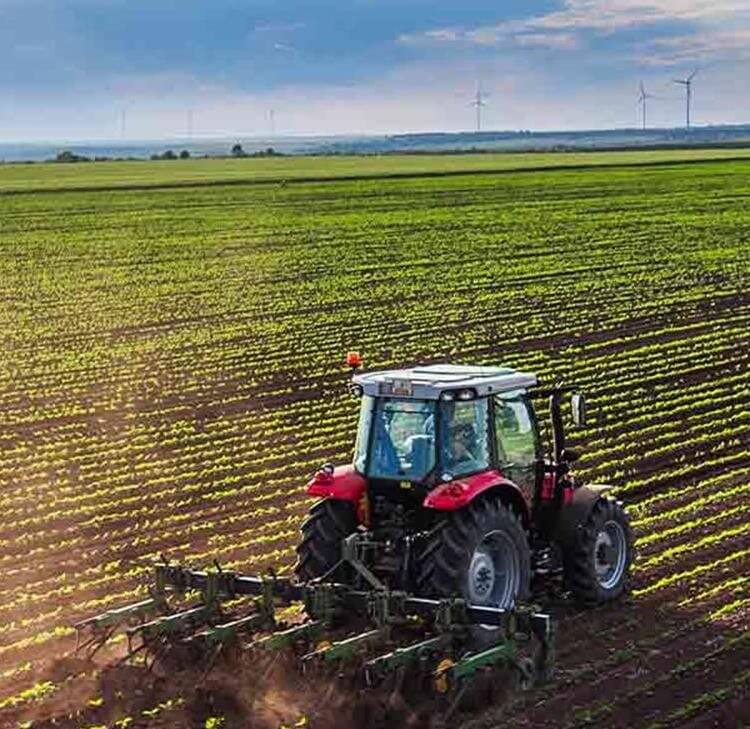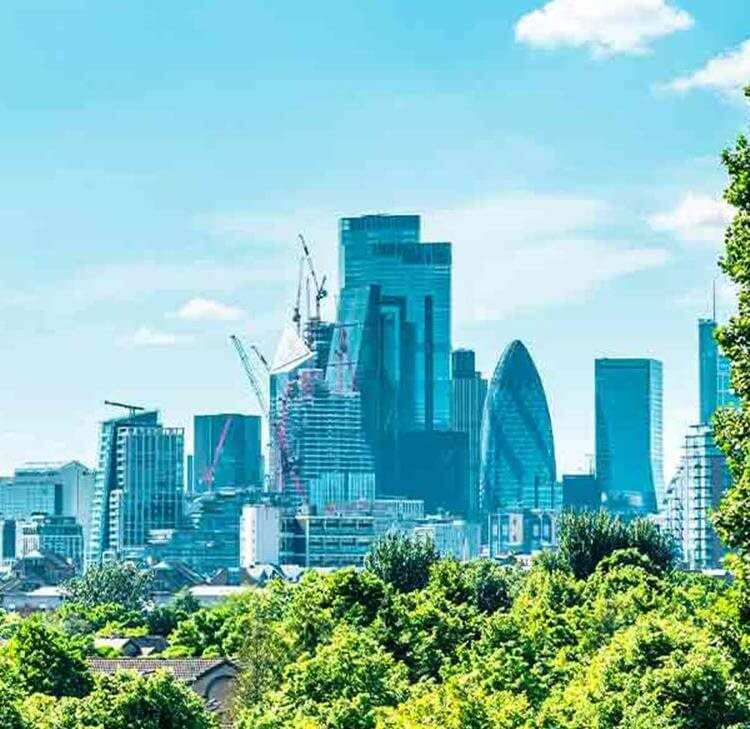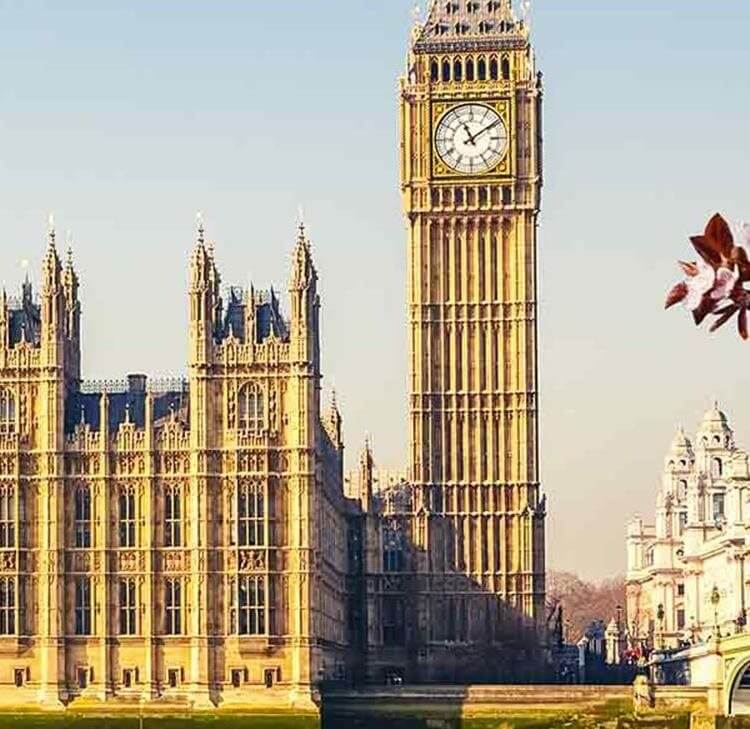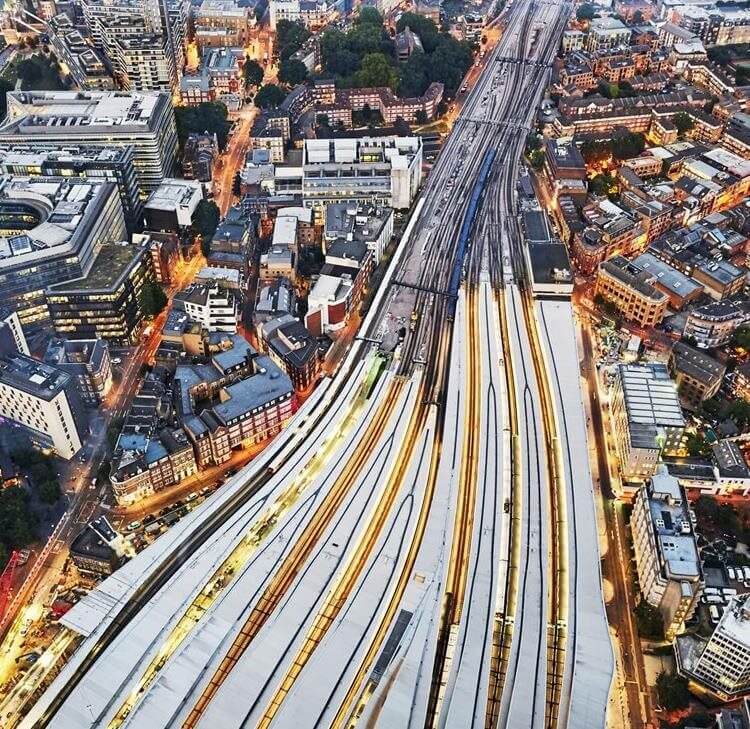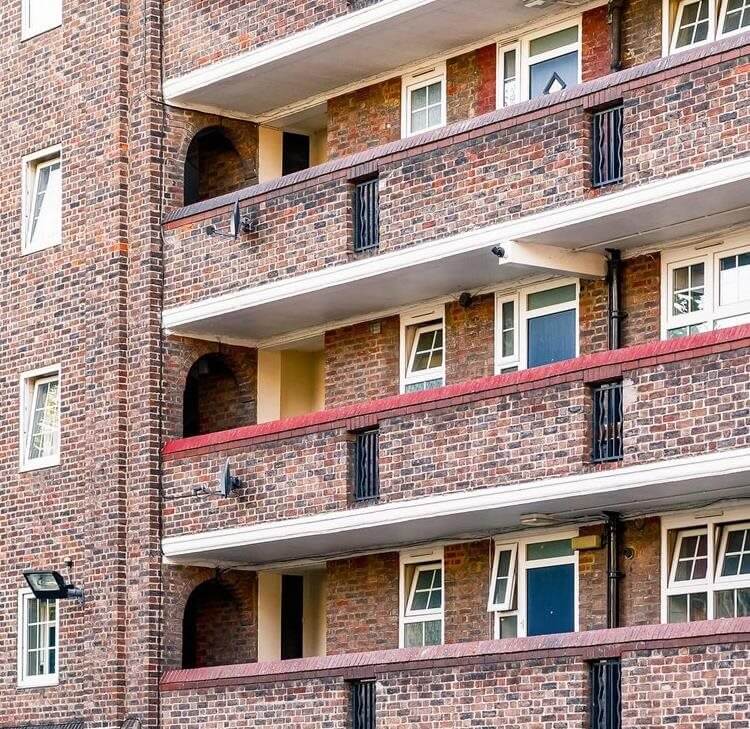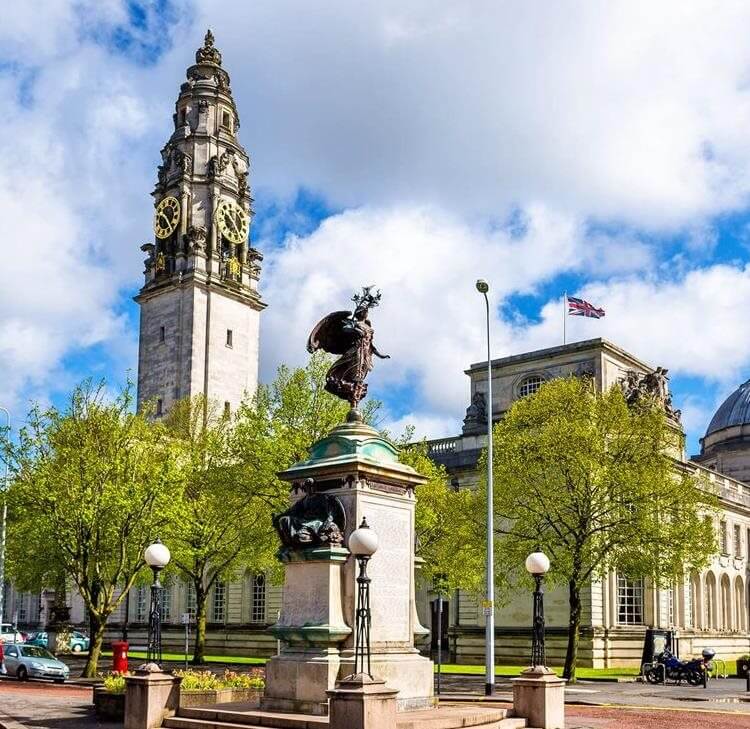“Labour will get Britain building again, creating jobs across England, with 1.5 million new homes over the next parliament”, reads the Labour Party Manifesto. That is a tall order considering that 158,190 dwellings were completed in England in 2023 and that their number has been decreasing since the end of the 1960s. How then will Labour deliver on its promise to build 300,000 new homes each year?
Based on the observation that there is not enough land within major towns and cities to meet the housing need in its entirety, Labour has proposed to release some land currently classed as green belt. By doing so, Labour is certainly grappling with a core issue as green belt policy is often one of the reasons why large developments are stalled. However, it is also threatening the very foundation of the green belt policy since the policy was specifically designed to limit the sprawl of cities. Labour says it will obviate the difficulty by using land that contributes little to the green belt’s intended purpose, namely “grey belt” land.
But what is grey belt land? There is not yet a definition of the concept. Indeed, Labour will have to revise the National Planning Policy Framework (NPPF) to introduce the new designation. However, in the context of their political campaign, Labour has described it as these “poor-quality and ugly areas of the Green Belt”, which should be distinguished both from the “nature-rich environmentally valuable land in the green belt” and from brownfield, also known as “previously developed land” (PDL). Beyond this distinction, it is not clear what the grey belt encompasses. The poor quality of the land, for instance, is not measured by any objective indicator.
Some of the definitions that have been volunteered by commentators include a combination of land that is occupied by a permanent structure not captured by the current definition of PDL (such as agricultural and forestry buildings), land on the edge of urban areas that has been used for recreation (such as golf courses) and land that has been shaped by transport infrastructure or non-agricultural human activity (such as pony paddocks). None has been endorsed by the Labour Party. However, one thing is certain, the new government will need to adopt a rigorous definition of the term to ensure a consistent interpretation of its policy across regions.
Guiding the implementation is a set of “golden rules”, which - the Labour government hopes - will protect communities and nature as green belt land is released. Thus, a minimum of 50% of the homes built on grey belt land will have to be affordable. Developments will have to include new public services and infrastructure such as schools, nurseries and health centres. Also, developments will have to contribute to local biodiversity, green spaces and overall environmental quality. They will have to adhere to sustainable building practices and aim for low carbon footprints. Whether the benefits of redefining the green belt will outweigh the damages caused by it will largely depend on how strong these safeguards are. It will also inform the popularity of the project, although some say that perceptions are already shifting, with more and more people supporting building on low-quality areas of the green belt.
Turning to the challenges faced by Labour’s grey belt policy, the current planning rules do not allow for easy implementation. They provide that green belt boundaries may only be altered where “exceptional circumstances are fully evidenced and justified, through the preparation or updating of plans” (paragraph 145 of the NPPF). Additionally, in relation to proposals affecting the green belt, inappropriate development may not be approved except in “very special circumstances” (paragraph 152 of the NPPF). Labour has not indicated whether it wishes to disengage these legal tests, but its stance on this issue will determine the nature and, ultimately, the feasibility of the project.
Finally, allocating grey belt land for development may generate tensions between local priorities and national standards. While local priorities may compromise the need for long-term sustainability, national standards, because they ignore the individual circumstances of local authorities, may fail to deliver adequate housing solutions. Also, the uneven distribution of grey belt sites across England means that some regions will gain more from grey belt development than others. This could increase regional disparities in housing availability and economic growth unless the government succeeds in managing them effectively.
Labour’s grey belt policy ambitions to reconcile the preservation of green spaces with the growing demand for housing by identifying areas of low environmental value within the green belt where residential development will be permitted. The solution is attractively simple, but, as the devil is in the details, it is too early to say whether the new government will be able to overcome the challenges besetting the policy. In particular, success will depend on Labour’s carefully defining the concept of grey belt, overhauling the rules on the release of green belt land, addressing regional disparities arising from the uneven distribution of grey belt sites and supporting private developers’ effort if the 50% affordable housing target proved to be unviable.
It also raises the question of whether what is really needed is a nationwide review of green belt policy and strategic conversations about where new housing is going to be focussed.

Emmanuelle Loubat
Legal Assistant
emmanuelle.loubat@brownejacobson.com
+44 (0)330 045 1053






